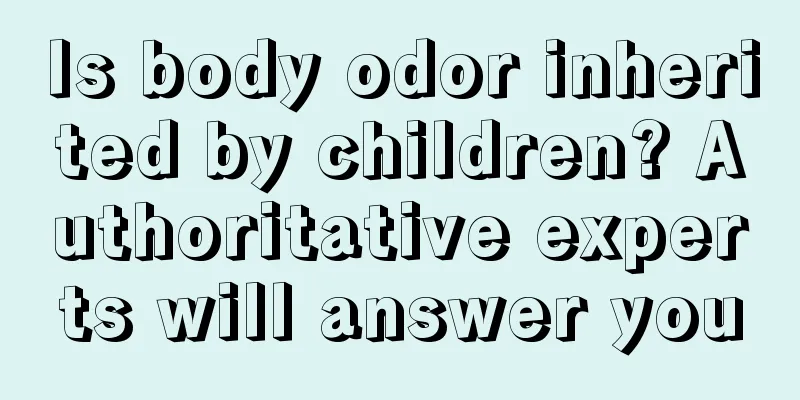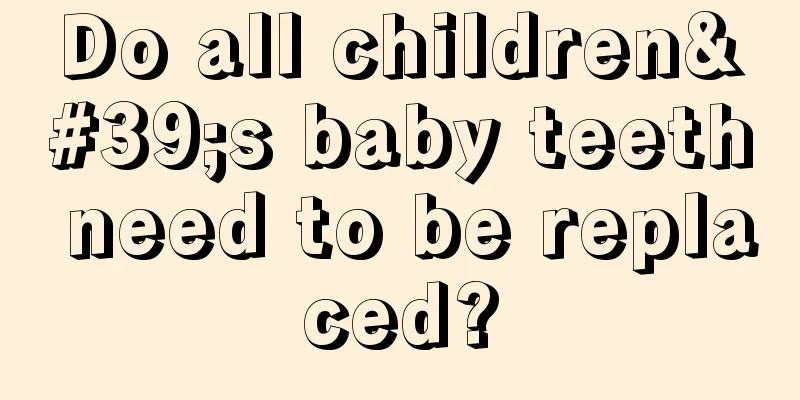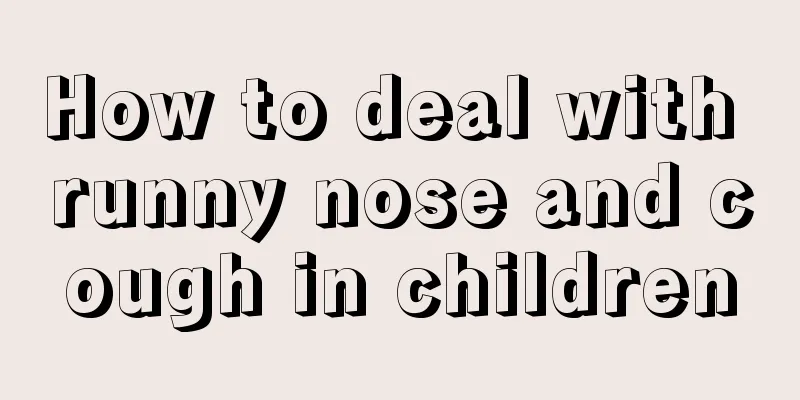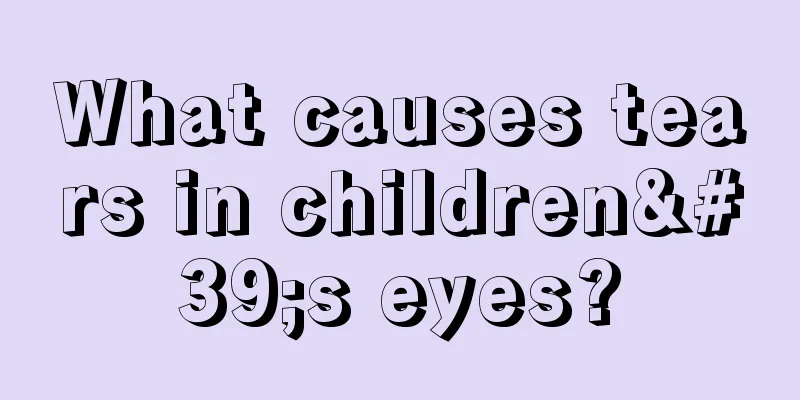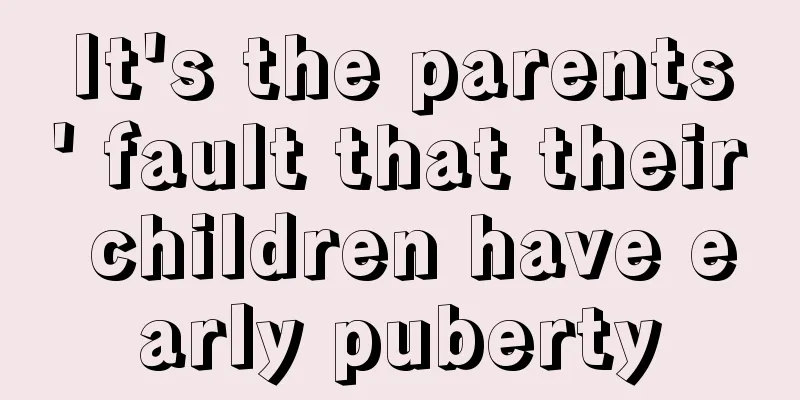What are the early clinical manifestations of children with cerebral palsy?

|
Cerebral palsy is a very complex disease. The incidence rate of cerebral palsy is getting higher and higher. The most susceptible population is infants and young children. If a child suffers from cerebral palsy, it will seriously affect the child's intelligence. The manifestation of cerebral palsy in children is also an issue that parents and friends should pay attention to. Only timely detection and treatment can control the disease and be more conducive to the child's recovery. First, we need to understand the early clinical manifestations of children with cerebral palsy. So what are the early clinical manifestations of children with cerebral palsy? Let’s take a look below. (1) Difficulties in early feeding, chewing, drinking, and swallowing, as well as drooling and breathing disorders. (2) Newborns or three-month-old infants are easily startled, cry incessantly, refuse to drink milk, and have difficulty sleeping. (3) Low sensory threshold, manifested as being easily startled by noise or changes in body position, and having an increased hugging reflex accompanied by crying. (4) Normal infants shortly after birth may step alternately with their feet when standing upright due to the stepping reflex. Although it may disappear once at 3 months of age, if the child still has no signs of standing or taking steps at 3 months of age, cerebral palsy should be suspected. (5) Babies over 100 days old are still unable to lift their heads, and their heads still sway when they straighten their backs at 4 to 5 months. (6) Stiffness, especially when dressing, the upper limbs are difficult to put into the cuffs; when changing diapers or washing, the thighs are difficult to extend; when wiping the palms and taking a bath, the limbs become stiff. Babies don't like baths. (7) A normal baby should be able to reach out and grab objects when seeing them between 3 and 5 months old. If a baby still cannot do so after 5 months, it is suspected that the baby has cerebral palsy. (8) Generally, babies will smile 4 to 6 weeks after birth and recognize people later. Children with spastic cerebral palsy have apathetic expressions, while children with athetoid cerebral palsy often look sad. (9) Muscles are loose and unable to turn over, and movements are slow. When you touch the inner thigh of the child, or let the child's feet rest on the bed or jump up and down, the lower limbs will extend and cross. (10) Fist clenching: Generally, infants can clench their fists but not open them within 3 months after birth. If the thumb is still adducted and the hand cannot be opened at 4 months, cerebral palsy should be suspected. (11) Premature development: Children with cerebral palsy may roll over prematurely, but it is a sudden reflexive rolling over, with the whole body rolling over like a log, rather than a conscious segmental rolling over. Infants with spastic diplegia may have stiff legs before they can sit up and stand on pointe like a ballerina. What are the early clinical manifestations of children with cerebral palsy? I hope the above introduction can help everyone. Children with cerebral palsy must be treated early. Do not seek medical treatment indiscriminately, which will only aggravate the condition and even bring unimaginable serious consequences to the child. If you have any other questions, you can consult our doctors and they will answer and guide you. |
<<: Causes and treatment of nosebleeds in children
>>: How to care for neonatal dyshidrosis
Recommend
What to do if your baby has a fever in spring
Spring is a season that we all like very much. Sp...
How to regulate dampness and heat in the baby's body
We all know that with the arrival of spring, the ...
Can you touch a newborn's head?
The skin of a newborn baby is relatively delicate...
Is intravenous infusion necessary for hand, foot and mouth disease?
After your baby gets hand, foot and mouth disease...
How many teeth should be replaced?
Nowadays, many families have only one baby. Many ...
What causes a baby's throat to become inflamed and hoarse?
During the baby's growth process, it is inevi...
How to treat tracheitis in children?
If a child develops a respiratory disease such as...
The baby always stretches very frequently
Many babies will stretch as they grow, and some w...
How to give first aid to a child who suddenly goes into shock
Shock is a common emergency and serious illness i...
Babies under one month old sleep less
Generally, newborn babies spend most of their tim...
Baby always walks on tiptoe
Many parents may buy a walker for their baby when...
Do babies need to take a bath every day?
Children need to develop good living habits from ...
Can epilepsy in children be cured?
Epilepsy is a very common disease in daily life. ...
What should I do if my six-month-old child is constipated?
Many children will have some constipation. Consti...
How to feed premature babies with milk powder
Premature babies have relatively poor physical co...
